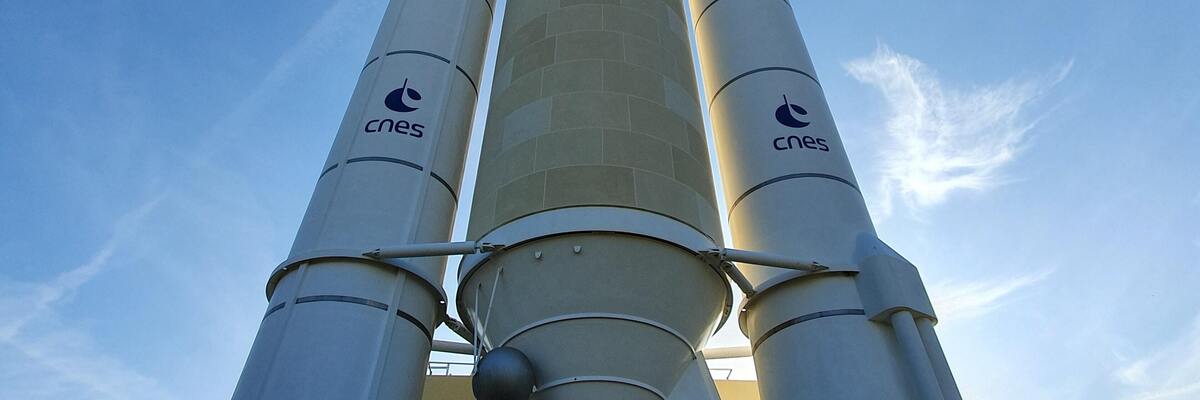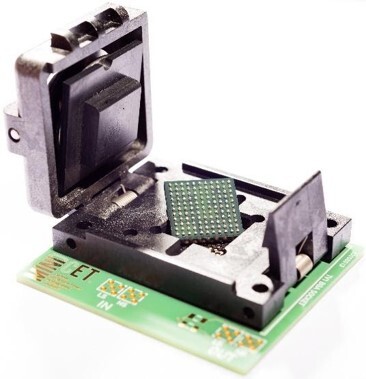
Satellite Power Enabled by Rad-Hard GaN-Gate Driver IC
Communication and digital information streams are a part of our daily life. The network that accommodates us in this increasing demand reaches out into space. Geostationary satellites play an important role in high-bandwidth applications such as TV broadcast. On-demand content and high-band-width (mobile) internet connection led us to the “new space” era. Constellations of low-orbit satellites take on this new challenge and at the same time they change the game for their manufacturers. Higher volumes of annually produced satellites and the shorter lifetime of being in low-orbit leads to a necessity to lower the overall costs of the components.
Geostationary or low-orbit, communication satellites have a power-hungry payload and a limited overall capability to support their weight and power. The solar panel arrays provide the power and at the same time pose the limitation on how much is available. This power needs the be distributed to the satellites’ instruments and payload in the most reliable, efficient and qualitative way. The multitude of power supplies consume both power and weight too, reducing the amount of payload a satellite can carry. Thus, making them more efficient and lighter frees-up margin for more payload.
These are the challenges satellite builders such as Thales Alenia Space needs to deal with and MinDCet was chosen by Thales Alenia Space Belgium (TaS-be), specialised in space-grade power supplies, to help solving the equations. The key to loose weight, increase power efficiency and to be tolerant against radiation was found in wide-bandgap power electronics, namely Gallium-Nitride (GaN). Since early days MinDCet identified the potential of GaN and started working on GaN based solutions. This knowledge, combined with the decades of experience from TaS-be power supplies, has resulted in the development of a Rad-hard GaN gate-driver ASIC. This 200V state-of-the-art ASIC is unique in it’s abilities and enables TaS-be to both tackle increasing life-time demands of geo-stat satellites (18 years) and low-cost / high-quality demands of new-space.

